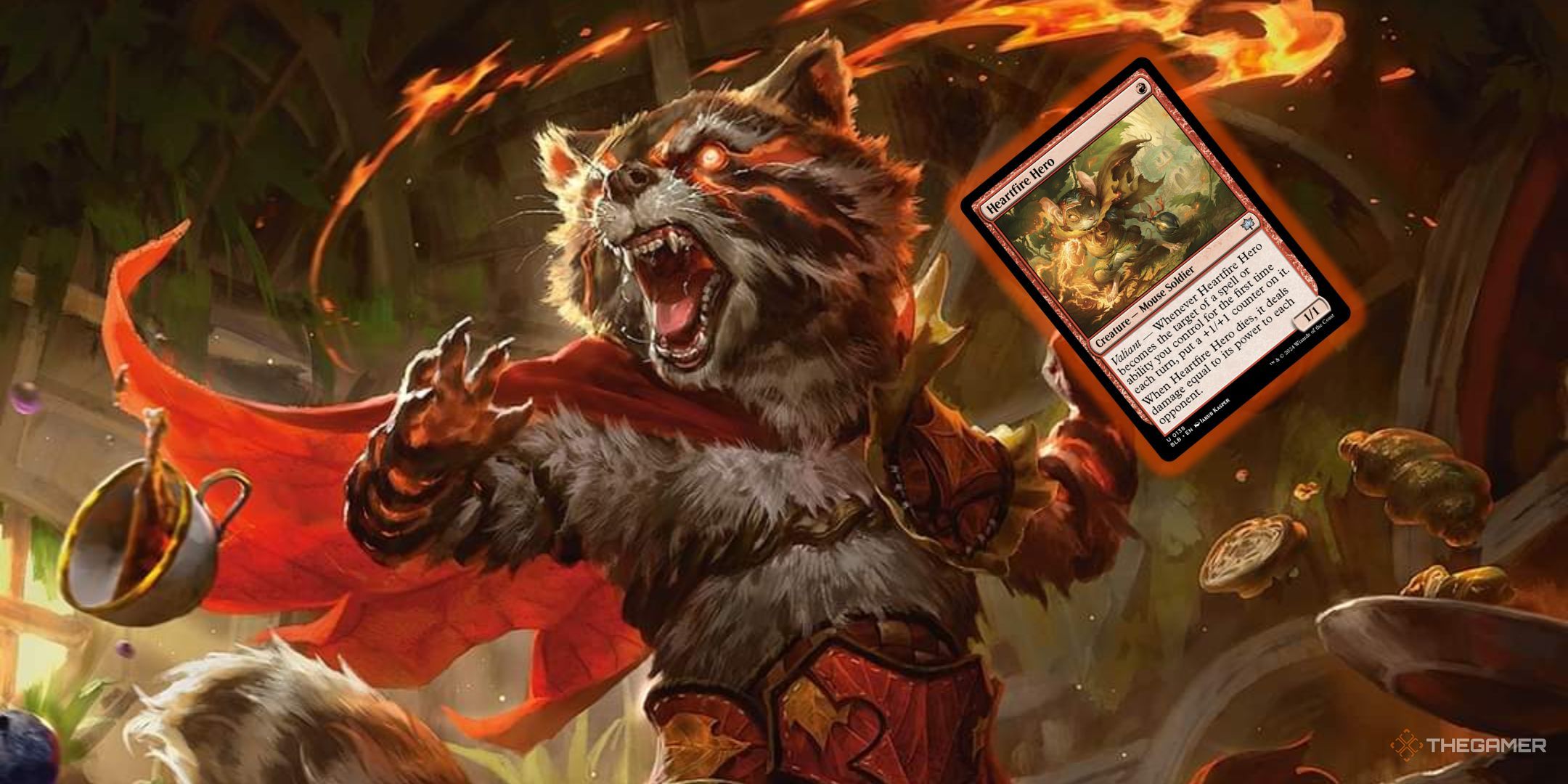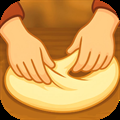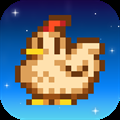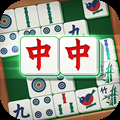Magic: The Gathering - 10 Tips For Drafting Bloomburrow

Summary
- Offspring mechanic impacts limited games with 17 creature cards.
- Avoid giving gifts in games you're likely to win. Use them strategically.
- Stick to two colors to maximize deck potential in Bloomburrow Magic set.
Magic: The Gathering's Bloomburrow set is all about cute, cuddly forest creatures, but it's still a Magic set, which means all the usual conflict, spellslinging, and creature combat you'd expect from any other set. Thankfully, it's one of the most straightforward sets in recent memory, as far as approaching Limited is concerned.
RelatedEvery Card In Magic: The Gathering's Bloomburrow
Head to Valley and meet woodland creatures in Magic: The Gathering's cozy set, Bloomburrow.
PostsBloomburrow is a faction set, which means each of the individual color pairs has a distinct, easy-to-understand identity. Each of these archetypes is headlined by a different creature type and their accompanying mechanic, meaning everything is pretty well-defined here. Still, there are some edges to be gained in your Draft or Sealed events.
10 X/1 Hate Is Highly Relevant
Expect To See Offspring In Every Game
Offspring is a headlining mechanic that spans all colors in Bloomburrow, which puts effects that pick off small creatures at a premium. For reference, there are 17 creatures with offspring in the set, and 20 others with a base toughness of one.
Downwind Ambusher and Playful Shove are the only cards that explicitly deal with one-toughness creatures, and both are uncommon, so it's not exactly trivial to take down small offspring tokens. Conduct Electricity is also present to deal with an offspring token and its 'parent,' though it's still a fairly clunky removal spell.
9 You're Not Santa Claus
Don't Give Out Gifts Freely
On Bloomburrow, 'tis always the season, if you want it to be. The gift mechanic lets you promise your opponent something in exchange for a better card effect, though you should thoroughly evaluate whether it's right to offer that gift or ignore it completely.
As a general rule of thumb, avoid giving your opponents gifts in games that you're already likely to win. If giving the gift solidifies an immediate victory, go for it, but otherwise, promising your opponents extra cards and Fish tokens is one of the ways they can actually get back into the game.
The opposite is usually true too: The farther behind in the game you are, the more likely you'll want to offer gifts to get stronger effects from your cards.
8 Forage And Threshold Are At Odds
Focus On One Or The Other, Not Both
You may find yourself with the occasional blue/black/green Bloomburrow deck, especially if you started off a Draft with Glarb, Calamity's Augur. This will often take the form of a generic 'graveyard deck,' but the different elements of that deck might clash together.
RelatedMagic: The Gathering - What Is Foraging?
Sacrifice Food for an advantage with Magic: The Gathering's forage mechanic.
PostsGreen/black's forage mechanic plays poorly with blue/black's threshold cards, so plan accordingly. Your best course of action is to ensure you can use Food for forage, instead of cards you need in your graveyard for threshold payoffs. Or just forego one of these mechanics altogether and hone in on the other.
7 Valiant Is Powerful, But Needs To Be Supported
Repeatable Ways To Target Are The Key
The red/white Mouse mechanic is valiant, a keyword that triggers when a creature becomes the target of a spell or ability you control for the first time each turn. There are plenty of smart design choices that make this mechanic tick, so recognizing those is necessary to maximizing red/white's potential.
You're looking for as many incidental ways to target your creatures as you can get. That can be the triggers on Thistledown Players or Brambleguard Captain, or a simple combat trick like Might of the Meek. Equipment also works as a repeatable way to trigger valiant each turn.
If you control a valiant creature that's already equipped, you can still pay the equip cost to target that creature and trigger valiant. The equipment simply won't move anywhere.
6 Find The Open Lane
Stick To Two Colors As Best You Can
Bloomburrow is absolutely a 'find the open lane' set, due to how tight and parasitic most of the archetypes are. There's little incentive for players to combine archetypes, which means you want to be in the one that's most open and reap the rewards.
Sometimes you'll have a good enough start that you'll ignore what's being passed to you and fight for your lane. For example, opening a Kastral is a strong reason to force blue/white. However, you should usually be willing to move off your first few picks if there's a clear open lane coming your way.
5 Prepare For Turn-One Starts
There Are 13 Possible Turn-One Creatures
There are many one-mana creatures to kick games off in Bloomburrow, and while plenty of them are rares, there are enough that games will frequently spring into action on turn one. Creatures like Heartfire Hero and Valley Mistcaller can even snowball quickly if you're not prepared for an early start.
RelatedMagic: The Gathering – The 10 Best One-Mana Creatures
These one-mana creatures can help you build a deck that will dominate in MTG.
PostsYou should come prepared with a few ways to deal with early aggression, whether that's early-game removal or a few cheap creatures of your own. It also means you can't be too greedy with your curve; you'll want to be doing something by turn two at the latest.
4 The Duos Are Nice Glue Cards
And Great Indicators Of How The Different Decks Work
Bloomburrow has ten 'Duo' creatures, which have two creature types and an ability that works within the context of each of those creature types' respective decks. For example, Bakersbane Duo creates Food for Squirrel decks, and has an expend ability that fits in with Raccoon creatures.
These Duo creatures exist as glue cards that hold the format together. They're meant to ensure that there are plenty of synergy pieces floating around, regardless of what deck you're drafting. They might be a great fit for your deck even if you're not interested in the other half of their ability.
3 Frogs Is A Skill-Testing Archetype
Bounce, Blink, And Hop Your Way To Victory
Most of the two-color pairs in Bloomburrow aren't that hard to figure out, but the blue/green Frog archetype is a bit different, and requires some forethought to come together. It's not as clearly advertised as something like 'blue/white flying Birds.'
RelatedMagic: The Gathering – The 14 Best Frog Cards
With plenty of Creature Cards available in MTG, we take a look at the best Frog Cards and what they do.
PostsBlue/green focuses on Frogs, but has a mechanical identity of wanting to blink creatures for value. Many of the cards are designed to set you back on tempo for a long-term advantage. You'll want to make the most of good enters-the-battlefield creatures like Clifftop Lookout and Pond Prophet without setting yourself too far behind on board.
2 Avoid Splashing When Possible
You're Not A Magikarp
For a set full of Fish tokens, you'd think it'd be easier to splash. The reality is that Bloomburrow's light on fixing and lacks much incentive to build three-color decks in the first place. That's not to say you can't try if you open a strong rare like Glarb, Helga, or Baylen.
For one, there's no cycle of mana-fixing lands in the set. You have options like Uncharted Haven and Hidden Grotto, but not too much else. Second, the two-color pairs are highly specific and parasitic, with little reward for mixing together cards from different color pairs.
1 The Protection Vs. Removal Dance
Time Your Interactive Spells Well
There's a decent amount of efficient removal in Bloomburrow, especially in black, which has several commons and uncommons that can destroy or exile any creature. White, red, and green all have strong removal options too, and blue has a few ways to fend off threats with bounce spells or auras.
There's also actually a handful of protection spells, too. Shore Up, Plumecreed Escort, and Splash Portal can all save a creature from targeted removal, while white has Crumb and Get it, and green has Overprotect. Plan around your opponent's removal with your protection spells, and vice versa.
If you suspect your opponent has a way to protect their creature, you should prioritize using your removal while they're tapped out, even if that means using an instant during your own turn
NextMagic: The Gathering Arena – Tips For Improving At Drafting
Drafting is intricate, fun, and skill-testing, but for new Magic: The Gathering Arena players, it can also be quite difficult.
Posts












